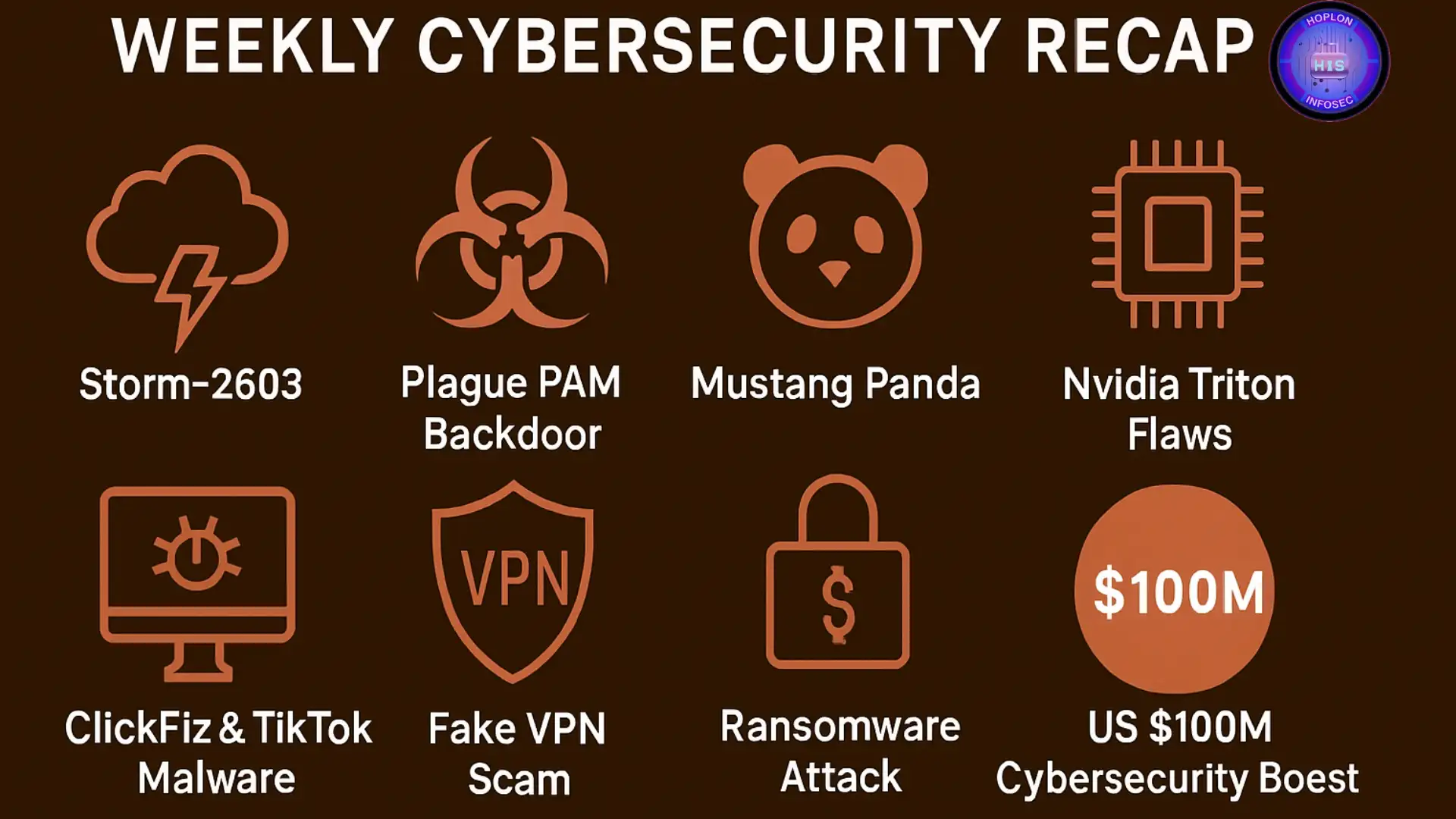The majority of organizations think that their systems are secure until a breach occurs. Security teams patch software, install firewalls, and use passwords, but attackers, nevertheless, still manage to get in. Why? Since the worst threats are more likely to be launched by obscure vulnerabilities buried deep in your infrastructure, your policies, or even your people.
The cybersecurity gap assessment process aims at identifying these blind spots. They compare what you have in place already to industry-proven best practices and frameworks, making clear where your security posture is weak and what you can do to improve it. In this article, we will find five popular security holes and what can be done to address them via professional assessment and fix them before they are abused by hackers.
1. Poor Visibility in Cross-Systems and Cross-Assets
A lack of visibility into the IT environment is among the most frequent problems that organizations experience. This involves systems, software, devices, and users. Other assets that are not tracked will be easy targets for those seeking low-hanging fruit. The problem is exacerbated by Shadow IT, i.e,. systems or services that have been implemented by non-IT without the knowledge of the IT department.
Examples include:
- Employee-installed applications not approved by IT
- Forgotten internal databases exposed to the public
- Legacy servers that are still online but unpatched
How a Gap Assessment Helps: Prescribes a full gap analysis starting with the mapping of all components of your environment, including endpoints and cloud services. It also reveals new assets that you are unaware of and includes them in your vulnerability management lifecycle so that there are no uncovered systems.
2. Weak or Outdated Access Controls
Weaknesses of access control present an avenue of internal exploitation. When employees or vendors gain more access than they need or when MFA is not enforced, they allow the attackers to access your environment without being noticed. This is especially risky in a hybrid or remote-first business.
For example:
- An employee account that is terminated is active, and it is utilized in a rip-off
- Credentials of admins in a spreadsheet are disclosed and reused
- Critical systems do not implement MFA, which makes it possible to abuse credential stuffing.
How a Gap Assessment Helps: Assessments take a look at your identity and access management (IAM) structure. This incorporates role-based access, group policies, and management of credentials. Whichever the case, you will be provided with recommendations to lock down access privileges, implement MFA, and apply the principle of least privilege to access.
3. Unpatched or Misconfigured Systems
One of the largest open doors to attackers is the unpatched systems. Necessary misconfigurations may also be harmful. These include open RDP ports, poor firewall policies, and bad storage bucket policies.
Real-world examples:
- Search engines can index an open database that holds customer data
- A well-established vulnerability (e.g., Log4j) is not patched for months
- There is a bucket S3 that contains sensitive files with public read enabled
How a Gap Assessment Helps: A gap assessment checks your patch management rules, searches through vulnerable areas against known exploits, and checks the risk of misconfigurations within your systems. You will receive a prioritized report of the steps to be carried out to minimize the attack surface within a short time.
4. Weak Incident Detection and Response Readiness
Just because they have a SIEM, EDR, or a firewall installed does not necessarily mean they have insurance for rapid detection and response. Lots of the tools are misconfigured, underutilized, or overload teams to the extent of annoying them with irrelevant alerts. This results in snooze and a slack delivery.
Examples of readiness failures:
- The malware alert becomes missed since it is mixed up with 500 non-critical logs
- No incident response playbooks or roles to respond to a phishing attack
- The logging is not centralized, and crucial activity is lost when an investigation is undertaken
How a Gap Assessment Helps: During an assessment, your detection infrastructure and response workflows will be compared against industry best practices. We check alert coverage, staff preparedness, and procedure. You are given practical recommendations to better the SOC functions or services offered by third-party providers of MDR.
5. Lack of Alignment with Compliance and Frameworks
Regulatory standards such as PCI DSS, HIPAA, ISO 27001, and GDPR must have certain controls and must provide audit-ready documentation. It is common to find that many organizations think they are compliant, but during assessments, it is common to find the following:
- Poorly documented policy
- Incomplete retention of logs
- None of the remediation tracking solutions is formalized
Such gaps subject the organizations to fines, reputation loss, or even audit failures.
How a Gap Assessment Helps: We align your current state of security to frameworks that are required. You will receive a gap-to-goal matrix that will outline any deficiency between you and your desired position of compliance alongside what you need to cover moving forward. This enhances the results of the audit and shows proper diligence.
Final Thoughts: Fill Up the Gaps Before Attackers Find Them
The current threats are more intelligent than ever, operate quicker than ever before, and are persistent. What you do not understand will be what endangers your environment.
Cybersecurity gap assessment is not just a report of where you lack in technical terms, but it gives you a strategic picture of where you are vulnerable, what you are doing well, and what actions you should take to create a more secure future.
At Hoplon InfoSec, we allow companies to shift in confidence between assumption and complete clarity. We base our assessments on a tested, comprehensive and risk-based basis.
Look, do not wait until something goes wrong to reveal your weaknesses. Together, we can find them and fix them.






